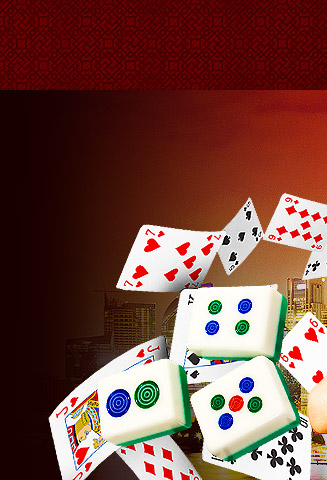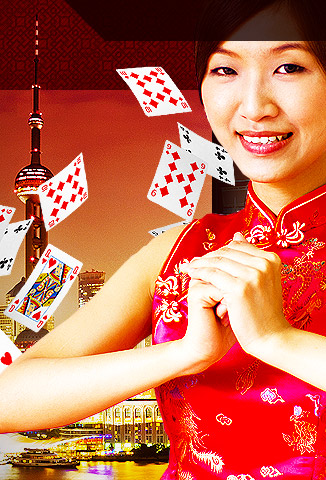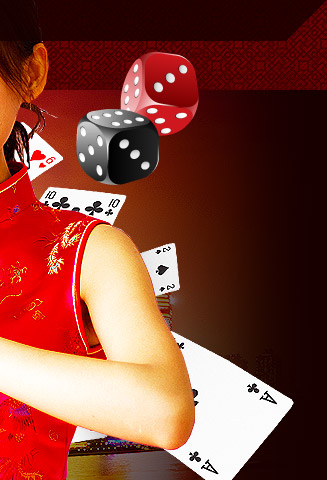Fan Tan
Fan Tan, also spelled as Fan-Tan, Fan T'an or Fantan, literally means "repeated divisions". It is a gambling game similar to roulette and has long been played in China.
Fan Tan may no longer be as popular as it used to. But, once upon a time it was the favorite pastime of the Chinese in America.
"At the first foot-fall of leather soles on the steps the hum of talk ceases, and the group of celestials, crouching over their game of fan tan, stop playing and watch the comer with ugly looks. Fan tan is their ruling passion." Jacob Riis, wrote in his famous book How the Other Half Lives (1890).
In the 19th century, San Francisco's huge Chinatown was also home to numerous Fan Tan houses or salons. Jesse B. Cook, the city's former police commissioner, wrote that in 1889 Chinatown had 50 fan-tan games, and that "in the 50 fan tan gambling houses the tables numbered from one to 24, according to the size of the room."
Today, Fan Tan is still vastly popular at casinos in Macau. It is said that Fan-tan games go on 24 hours a day, seven days a week, and bets can be made between 5 cents to 500 dollars.
Fan Tan is easy to learn. A square is marked at the center of a table, or a square piece of metal is laid on it. The sides are then marked with 1, 2, 3 and 4.
The banker then puts on the table a double handful of small buttons, beads, coins, dried beans, or similar articles, which he covers with a "tan koi" - a metal bowl.
The players then bet on the numbers of the square, placing their stakes on the side of the number selected. Alternatively, players can bet on the corners of the square, for example between No. 1 and No. 2.
When all bets are placed, the "tan koi" is removed, and the "tan kun" or croupier uses a small bamboo stick to remove the buttons from the heap, four at a time, until the final batch is reached. If the final batch contains four buttons, the players who placed a bet on No. 4 wins; if three, the players who bet on No. 3 wins; so on and so forth.
域名 DuboZhe.com 正在出售中,如果您对该域名感兴趣,请点击这里提供您的报价。
The domain name DuboZhe.com maybe for sale. Please click here if you would like to make an offer.



